What are these potash fertilizers, what are they, their use in the garden
Potash fertilizers, as an important mineral fertilizing, are applied under vegetable crops before sowing and in summer at certain stages of development. The natural content of potassium in soil depends on its type:
- clayey - 4%;
- loamy - 2.5%;
- sandy - 1%;
- sod-podzolic - 1.5%.
Potassium is necessary for all life processes, therefore the chemical industry produces a line of potash mineral fertilizers.
What are potash fertilizers?
Potash ore extracted from the ground is not used in pure form. Reasons: expensive, there are inclusions that are harmful to plants. Ore is processed at industrial enterprises. Types of potash fertilizers that are produced there:
- complex;
- simple.
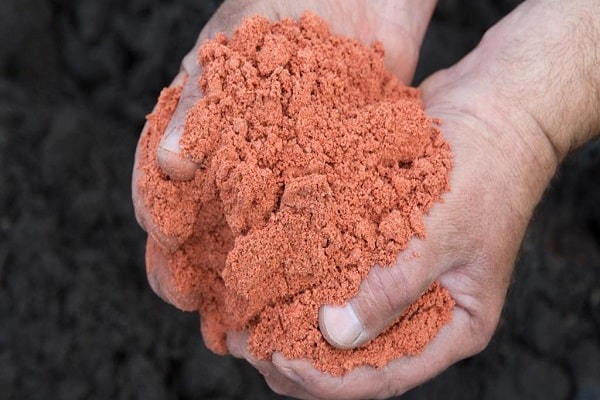
Plain tuk includes preparations containing a single nutrient, such as potassium. There are fats containing only nitrogen and phosphorus as an active substance. Complex potash fertilizers, in addition to potassium, contain other active elements.
What potash fertilizers are said to be simple?
All simple fertilizers are divided into two groups. The first group contains chlorine, the second does not. When using potash fertilizers, fertilizer mixtures are prepared:
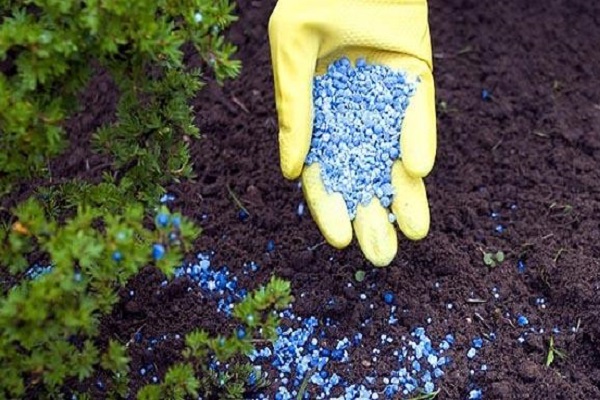
- for root irrigation;
- foliar treatments;
- entering into the soil.
Agronomists recommend preference for chlorine-free mixtures, especially when feeding on leaves.
A large concentration of chlorine in the soil harms plants in the garden and in the garden, therefore, chlorine-containing preparations must be applied strictly according to the scheme, which contains the instructions for use.
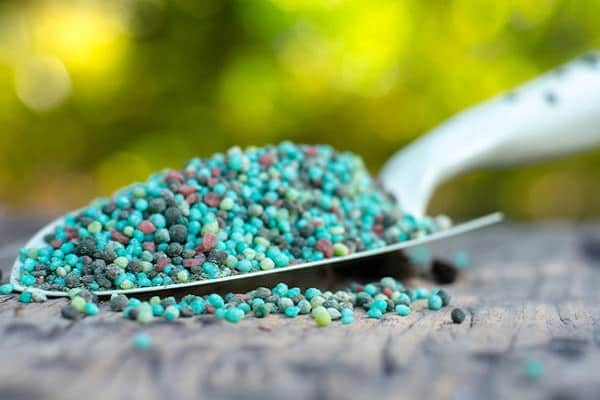
Chlorine fertilizers
Potassium salt is a substance with a high concentration of chlorine. The raw materials for the production of 40% potassium salt are potassium chloride and the mineral sylvinite. Potassium salt with a lower chlorine content (30%) is obtained by mixing kainite ore with potassium chloride.
Potassium salt is a fertilizer that benefits fruit and berry crops when added to soil:
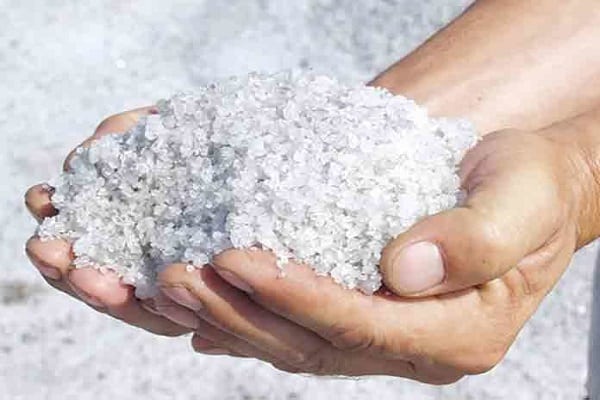
- peat;
- sandy;
- sandy loam.
We need a competent timing of introduction: in the summer and in the spring, potash salt is not applied, in the fall it is added once when digging the soil.
They adhere to the established norm - 40 g / sq. m.Salt is dangerous for a number of vegetables and shrubs:
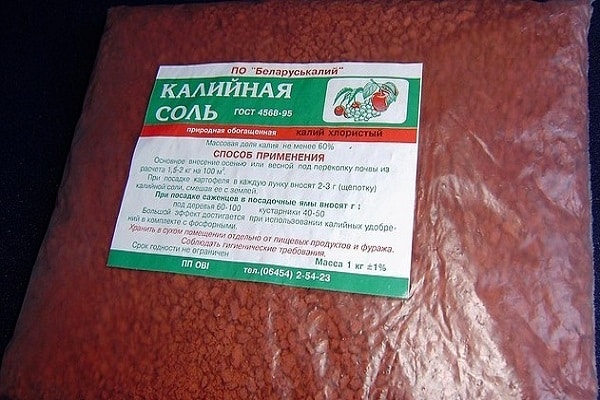
- raspberries;
- gooseberry;
- strawberries;
- cucumbers;
- tomatoes;
- legumes.
Potassium chloride is a fertilizer for complex plant nutrition. Potassium chloride is combined with other drugs (phosphoric, nitrogen) or used only. Available in the form of crystals or granules.Their color can be white, gray, pink. The percentage of potassium depends on the production technology, it can vary from 52 to 99%.

Kalimagnesia is a concentrated agent, it contains up to 30% potassium, 10% magnesium, 17% sulfur. There is chlorine, but very little of it (from 1 to 3%). Kalimagnesia is produced in the form of granules or powder, it dissolves well in water, its properties appear brighter when introduced into loamy soil. Potassium magnesium should be introduced into clay soil in the fall, and into light soils - in the spring. The rates are shown in the table:
| Plant name | rate per sq. m. |
| shrubs, fruit trees | 30 g |
| vegetables | 20 g |
| roots | 25-40 g |
About chlorine-free fertilizers
It is better to apply potash fertilizers that do not include chlorine in your summer cottages:
- Potash.
- Potassium nitrate.
- Potassium sulfate.
- Ashes.
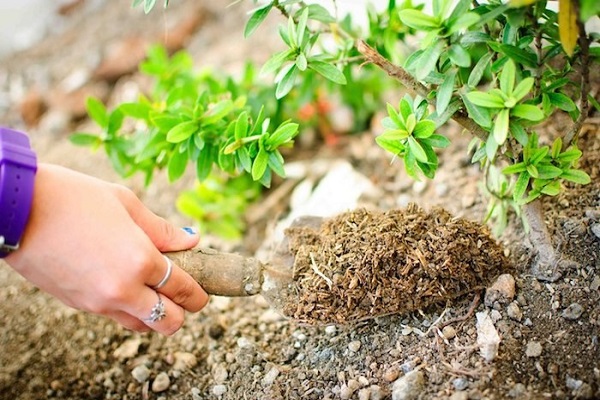
Potash
Potash (potassium carbonate) does not contain chlorine hazardous to plants. In addition to 55% of the main active substance (potassium oxide), it contains a small percentage of sulfur and magnesium. In the potato field, the addition of potassium carbonate is common. Current norms for vegetable crops:
- summer dressing - 20 g / sq. m .;
- spring soil preparation - 100 g / sq. m .;
- for digging in the fall - 65 g / sq. m.
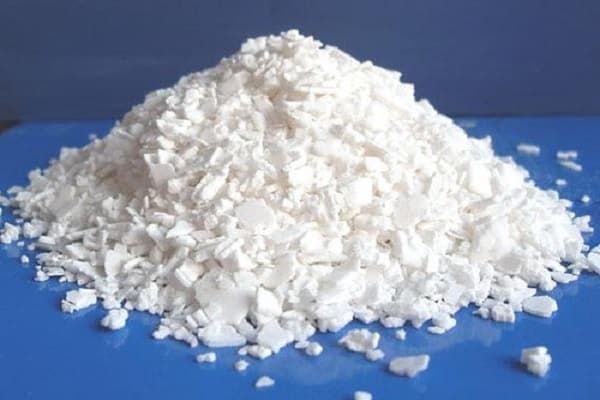
Potassium sulfate
It is produced from two natural minerals containing potassium - langbeinite, chenite. They are made in accordance with GOST 4145-74, according to which the composition of the drug, in addition to 50% potassium, also contains sodium and iron.
Summer residents found use of potassium sulfate during the spring-summer feeding of horticultural crops. If potassium salt due to chlorine needs to be applied during autumn work and under certain plants, then potassium sulfate, without fear, can be used in any form. Apply under most vegetables regardless of the season.

This remedy has two names, the second is potassium sulfate. Both names are usually found on the original packaging. Potassium sulfate is produced in the form of a fine crystalline substance of white or yellow-white color. Potassium sulfate improves acidic soils by normalizing acidity.
More benefit is obtained from the introduction of potassium sulfate into red earth, sandy or peat soil. On salt licks, these types of mixtures are not used, they have a sufficient amount of their salts.
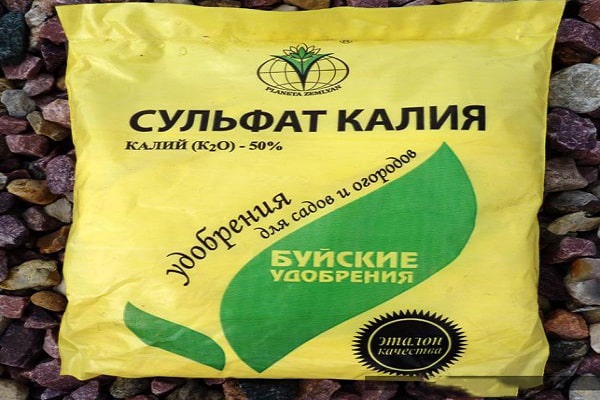
Ash
Many summer residents fertilize their garden with ash. Do it yourself or purchase it from a gardening store. It is useful not only because of potassium, which is about 10% in it. Plants, together with ash, receive all micro and macro elements that are necessary for growth: iron, boron, copper, magnesium, calcium, phosphorus.
Ash can replace many fertilizers, it is introduced into the garden soil from spring to autumn, and in winter it enriches the soil of greenhouses. After that, on acidic soils, the level of acidity noticeably decreases. Potato ash from potash is the most popular option. It is brought in in the fall, while preparing the soil, in the spring - in the holes when planting. It is permissible to bring in a liter can of ash per square meter of the field.
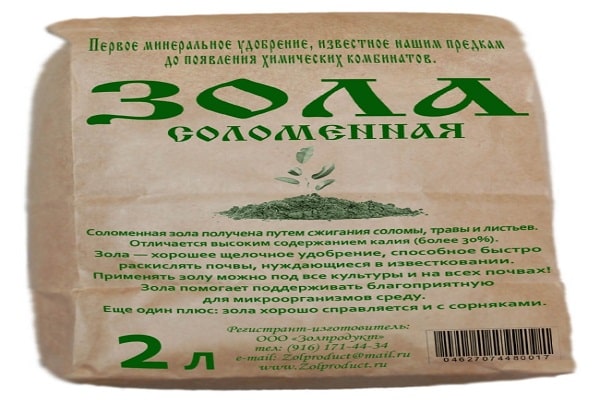
Complex fertilizers
Complex fat production is a global trend. There are double and triple tuki. Double fertilizers are two types of potash fertilizers:
- nitrogen-potassium;
- phosphorus-potassium.
Triplet fat contains 3 main elements: potassium, nitrogen, phosphorus.
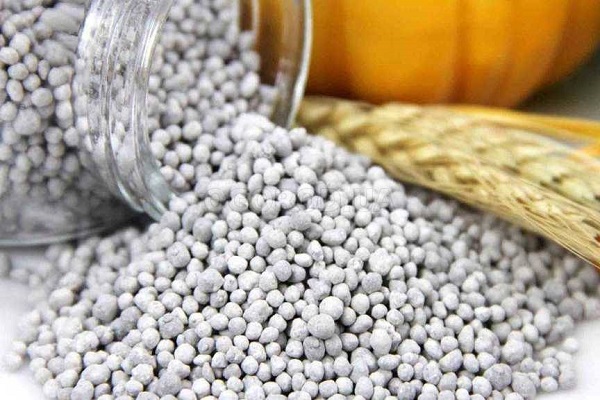
About potash nitrate
It is used in greenhouses during mass fruiting. This is a double nitrogen-potassium fat, contains 46% potassium, less nitrogen - 13%. Saltpeter is produced in the form of gray-white crystals, which quickly dissolve in water.
Prepared from saltpeter liquid fertilizers, bring them under the root to enhance plant growth or fertilize the leaves in the evening. The norm to be followed when preparing 10 liters of working solution: 20 g.This volume of organic fertilizers is enough to feed plants per square meter. m. ridge.
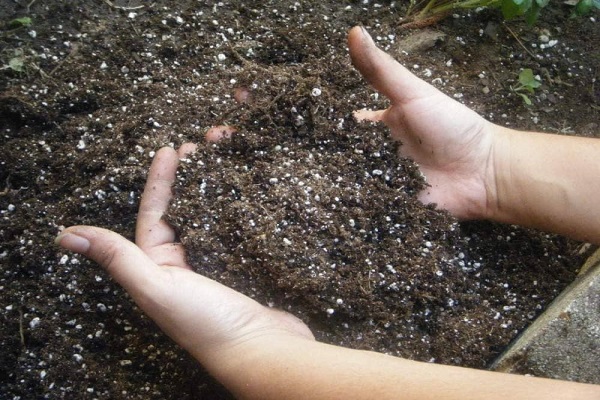
Benefits for vegetables
Thanks to fertilizers containing potassium, the nutritional value of the fruits increases, the amount of sugars in the plant tissues increases. Vegetable crops are less likely to get sick, fruits are better stored, they are less often damaged by gray rot.
In perennial plants, frost resistance increases. Potash fertilizers applied in autumn to the near-trunk circles of fruit trees and shrubs help them to endure winter frosts. Top dressing increases productivity, stimulates the development of the aboveground part of plants and their root system.
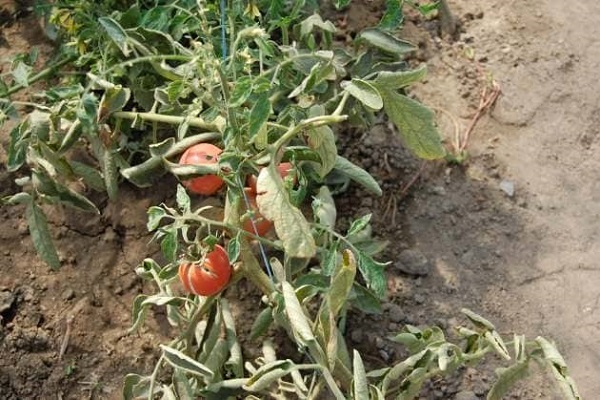
About potassium starvation
There are general signs that clearly indicate a lack of potassium in them. Even an inexperienced gardener can identify plants suffering from potassium deficiency, as evidenced by the appearance of these symptoms:
- The leaf surface around the edge of the perimeter begins to turn yellow.
- A large number of stepchildren are being formed.
- The leaves on the lower tier lose their natural green color, turn pale, and yellow chlorotic spots are visible on them.
- The structure of the tissues of the stem, shoots deteriorates, they become fragile.
- Low yield.
- Leaves on fruit trees and bushes are shrinking.
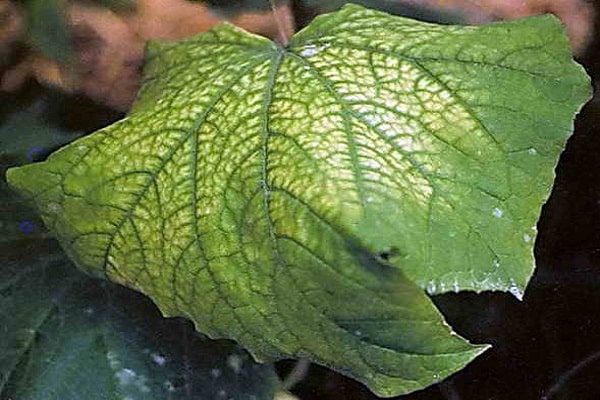
How to apply fertilizer correctly on your beds?
Vegetables deplete the soil by taking nutrients from it. Most potassium is consumed by cucumbers and tomatoes are the most favorite vegetable garden. Radish is a little used plant. By annually introducing potash fertilizers containing various macronutrients, summer residents restore soil fertility better.

For tomatoes and cucumbers
The introduction of fresh organic matter is not always beneficial to tomatoes, they begin to fatten - accumulate excess vegetative mass. The fats used by summer residents improve the taste of tomatoes and reduce the risk of fungal diseases. When using potassium salts, you should adhere to the following norms when growing tomatoes:
- for digging in the spring per one hundred square meters - about 100 g;
- 10 days after planting seedlings - 150 g per hundred square meters;
- while pouring fruits - 300 g per hundred square meters.
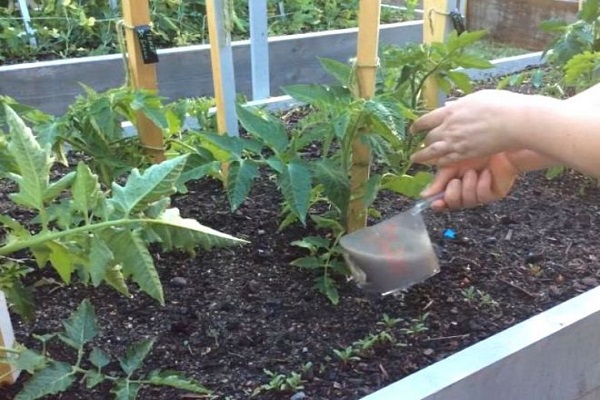
Before sowing cucumber seeds or planting cucumber seedlings, add 100 g of potash fertilizers per one hundred square meters, during the first feeding - 200 g, feeding the cucumbers a second time - 400 g. Peppers can be fed like tomatoes.
Fruit trees and shrubs
Horticultural crops have a constant need for potassium. The most intensive consumption of potassium salts occurs during the spring - autumn seasons. At the same time, the greatest effect is brought by potash fertilizers introduced in late autumn. Many people replenish potassium in the soil with manure, as well as compost prepared from it.
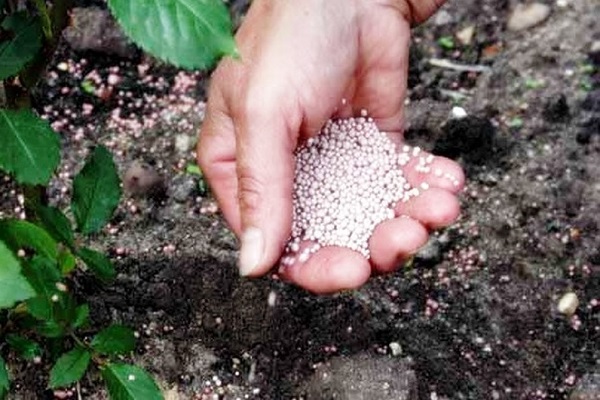
Grapes consume potassium intensively. Fertilizers are applied under it annually. The introduction of natural ash-based nutritional mixtures is preferred by many gardeners to industrial fertilizers. A good result is achieved by introducing dry ash - a bucket per bush. Many people make a hood, soaking it in water for three days.
Competently combining organic fertilizers and industrial fertilizers in your gardens, you can not worry about the quality and quantity of the crop.

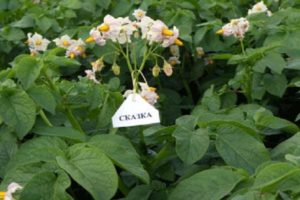
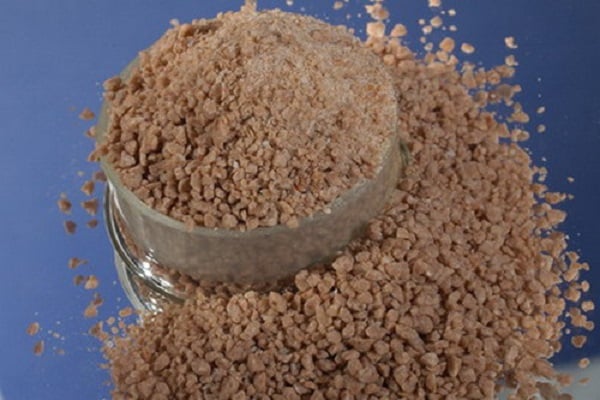
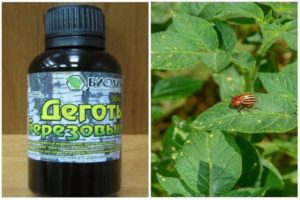
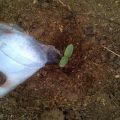
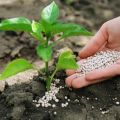

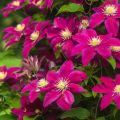

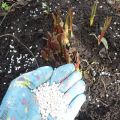

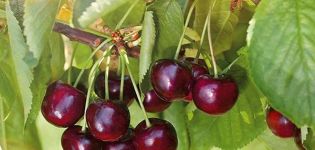
Good article. Only about the harm of potassium not a word. It's not entirely harmless.